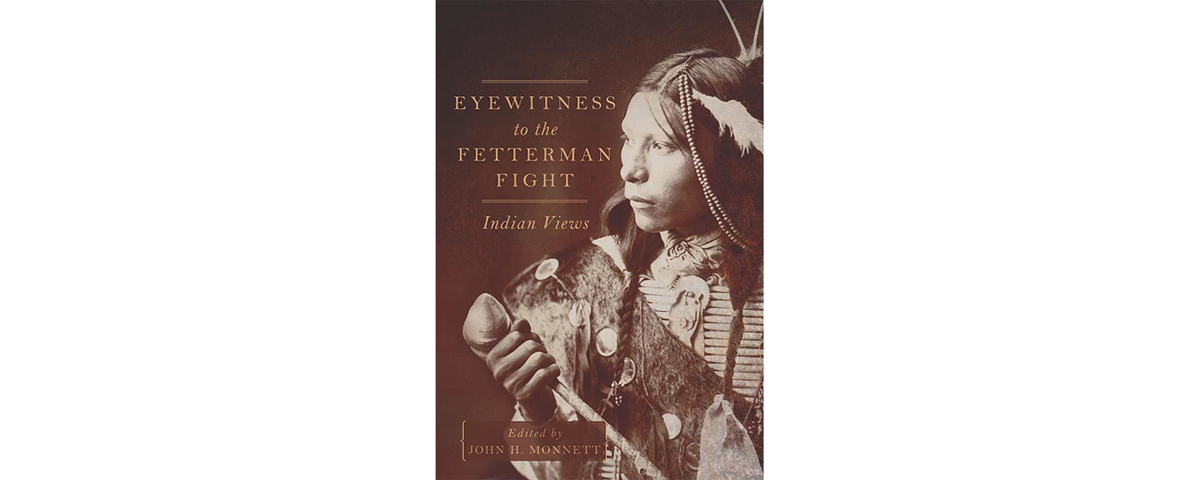Eyewitness to the Fetterman Fight: Indian Views, by John H. Monnett, University of Oklahoma Press, Norman, 2017, $29.95
The thoughts of Captain William Fetterman and his 80 men after the Dec. 21, 1866, clash with Plains Indians outside Fort Phil Kearny (in what would become Wyoming Territory) are unknown. They all died that day. In 2010 John Monnett wrote a fine book about the one-sided engagement—Where a Hundred Soldiers Were Killed: The Struggle for the Powder River Country in 1855 and the Making of the Fetterman Myth. Most of the myths came about for the same reason myths arose after the Battle of the Little Bighorn a decade later—none of the soldiers in either command lived to tell what happened. More than 1,500 Indians may have taken part in what was once popularly known as the Fetterman Massacre. Casualties were reportedly light on the winning side, but the soldiers were initially on the attack and fought hard before being overwhelmed, as Lakota and Cheyenne participants later related to interviewers.
Monnett’s latest offering relates the words of Lakota and Cheyenne eyewitnesses to the Fetterman Fight (the present-day name for the infamous clash). In Part One we hear from the Minneconjou Lakota White Bull (whom Monnett writes about in the December 2017 issue). White Bull was just 17 at the time, and the Lakota girls paid attention to him when he came home with a “captured carbine, a ‘wound,’ and a coup to his credit.” The voices in Part Two are those of Oglala Lakotas Black Elk, Fire Thunder, White Face, Eagle Hawk, Red Fly, Rocky Bear and American Horse. Red Cloud and Crazy Horse apparently didn’t speak on the subject—at least not for the record. Historians have questioned Red Cloud’s role that day, including whether he was even present, and speculated about Crazy Horse’s actions as the decoy who made the rout of the overeager Fetterman’s force possible. Monnett offers a chapter on “The Question of Red Cloud” and another on “The Enigma of Crazy Horse.” Part Three presents the accounts of Northern Cheyennes Wooden Leg, Two Moons, White Elk and Black Bear. Part Four deals with the “Memory and Legacy of the Fetterman Fight” (Monnett calls the clash “a pyrrhic victory” for Lakotas and Northern Cheyennes), while six appendixes assess casualties, the Fort Laramie Treaty of 1868 and much more.
Despite the eyewitness Indian testimony—which Monnett finds “more valid and reliable” than the conflicting military reports and court testimony—no one can provide definitive answers to the many remaining questions about the fight. But Monnett, who has studied the fight for 15 years, confirms the clash was a tactical masterpiece, writing: “The Indians’ plan to create a feint and then lure troops into a well-staged ambush out of sight of the fort with a large fighting force—which they reasoned, correctly, would be unanticipated—worked.”
—Editor





